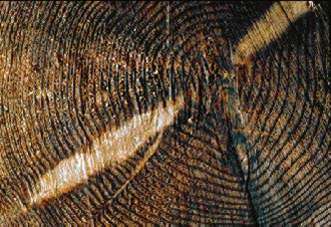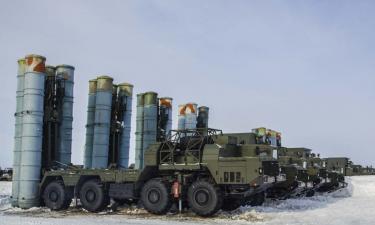Nuclear winter of VI century
 Scientists of Britain's Cardiff University claim that they discovered reasons of bad harvests and summer frosts approximately 1500 years ago.
Scientists of Britain's Cardiff University claim that they discovered reasons of bad harvests and summer frosts approximately 1500 years ago.
Back then, a giant comet had struck the earth.
Researchers conducted a special dendrochronological analysis of those trees which had lived in the epoch of constants frosts in approximately 536-540 AD. The analysis indicated the effect of short-term nuclear winter. The results of the analysis have been published in February's issue of Astronomy and Geophysics.
The effect of nuclear winter has been a temporary one and did not last long. It resembled the effect when the comet Shumecker-Levi 9 has rammed Jupiter in 1995.
Historic manuscripts of that period are known as “The Dark Century”. They contain information about poor harvests and summer frosts.
Modeling showed that the comet which caused such drastic consequences in a form of extreme colds had been no larger than 500 meters in diameter. This is significantly smaller than was previously assumed.
It used to be considered that no celestial body of this size is capable to cause such catastrophic consequences on a global scale. The comet's fall resulted in mass crop failures in Europe and hunger among people of the sixth century. This period coincides with emergence of the so-called “Black Death” in Europe.
In order to prove this version however it is necessary to determine the estimated place of the comet's landing. This is a rather difficult task.
SciTecLibrary
Subscribe to Pravda.Ru Telegram channel, Facebook, RSS!




